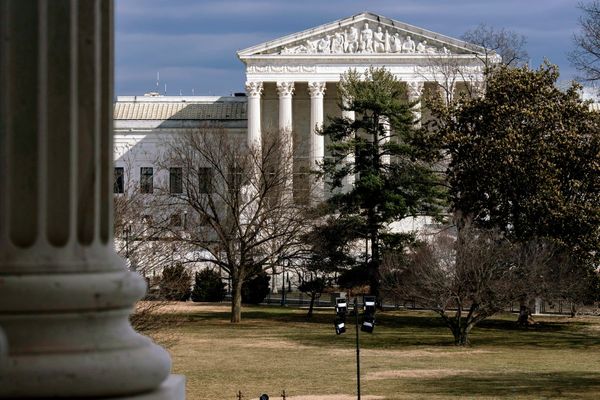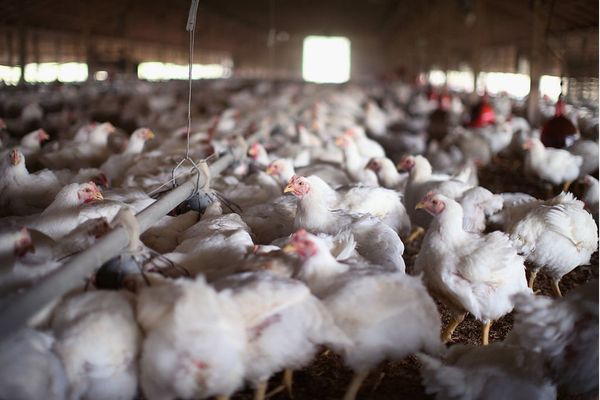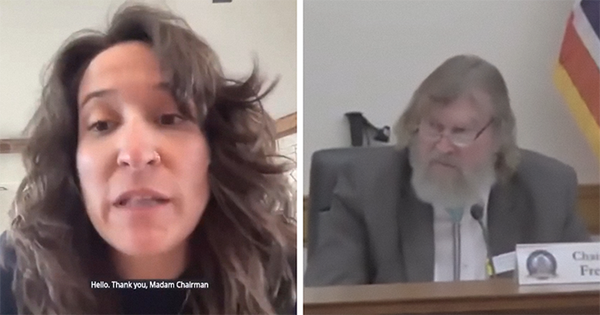
In the ever-evolving chess game between Russia and Ukraine, the stakes are higher than ever as winter approaches. Russia is taking advantage of the shifting political dynamics in the West and the distraction caused by global conflicts to press forward in its ongoing war against Ukraine. President Vladimir Putin is hoping that relentless military pressure combined with waning Western support will force Ukraine to capitulate to Moscow's demands.
The signs of fraying Western support are evident. A much-needed aid package for Ukraine remains stalled in the U.S. Congress, with Republicans insisting on adding conditions that are opposed by Democrats. The European Union, too, failed to reach an agreement on a financial package to assist Ukraine. With mounting pressure on Ukraine and dwindling support from the West, Russia has intensified its military assaults on several fronts.
One area where Russia continues to exert pressure is the strategically important rail hub of Kupiansk in the northeast. Moscow captured the city early in the war but lost it during a Ukrainian counteroffensive in September 2022. Despite failing to make significant gains, Russian forces have forced Ukraine to commit significant resources to protect the city.
Another hotbed of conflict is Avdiivka, a town near Donetsk that was seized by Moscow-backed rebels in 2014 and annexed by Russia in 2022. Ukrainian forces have constructed fortified defenses in Avdiivka, including concrete fortifications and a network of underground tunnels. Despite massive losses, Russian troops persist in their attempts to envelop Avdiivka and sever Ukrainian supply lines. The battle has become a grueling grind reminiscent of the war's longest and bloodiest battle for Bakhmut, which ultimately fell to Russian forces in May.
The Kremlin has been silent about its specific plans, but some Russian war bloggers suggest a possible massive offensive to gain control of Ukrainian territory. However, others caution that Russia lacks the resources necessary for such an undertaking. It would require a significant increase in troops and weapons, exposing Russia to the same risks that derailed its initial attempts to capture Kyiv and other cities at the start of the war.
With the presidential election approaching in March, Putin is eager to showcase battlefield gains. He recently stated that Russia has 617,000 fighters in Ukraine, a number that many war bloggers view as far from the massive force needed for a deep strike. Ukrainian President Volodymyr Zelenskyy, on the other hand, claims his ground forces number approximately 600,000.
Western observers are highlighting the need for Ukraine to fortify its defenses, similar to what Russia has done. Mark Galeotti, head of Mayak Intelligence consultancy, suggests that Ukraine should bolster its defenses since it lacks significant reserves. If Russia were to break through Ukraine's defensive lines, the consequences could be dire, disrupting communication and supply lines as well as rear supply bases.
In recent months, the Russian military has reduced the use of long-range air- and sea-launched cruise missiles, sparking speculation that Russia is stockpiling these weapons to target Ukraine's power grid and other vital infrastructure during the vulnerable winter months. Concurrently, Russia has intensified its drone attacks, utilizing Iranian-made Shahed drones to deplete Ukrainian air defenses.
Ukraine anticipates challenges with missile attacks from different directions, despite receiving air defense systems from the West. While promised a few dozen U.S.-made F-16 fighter jets, it remains uncertain when these warplanes will arrive. NATO Secretary-General Jens Stoltenberg acknowledges that the F-16s will strengthen Ukraine's air defenses, but he cautions that no single system alone will fundamentally change the situation on the battlefield. It is clear that Ukraine is facing an uphill battle.
As the winter approaches, Russia is seemingly on a war footing, bolstering its production of missiles, tanks, and other weapons. The Russian military has addressed many of the deficiencies and weaknesses it faced early in the conflict. With new weapons and tactics, Russia effectively paralyzed Kyiv's attempts to launch large mechanized offensives. The extensive minefields and fortifications Russia constructed in the south posed a significant challenge for Ukrainian forces.
One notable development that has enhanced Russia's military capabilities is the conversion of Soviet-made dumb bombs into smart, gliding weapons equipped with winglets and GPS systems. This technological advancement allows for precise strikes on targets far from the front lines. Furthermore, while Ukraine initially held an edge in drone warfare, Russia has since caught up and even overwhelmed Ukrainian troops in utilizing short-range small drones. Russia's advantage in this field continues to grow.
If the West underestimates Russia or reduces its commitment to Ukraine, it would only compound Russia's advantages. The economic strain caused by Russia's war footing has not hindered its military production. Meanwhile, Western support for Ukraine faces hurdles in procuring and delivering necessary military aid. Simply put, Russia does not accept the idea of a stalemate, and if the opportunity arises, it will seize it.
As winter approaches, the situation in Ukraine remains precarious. The war-torn country is grappling with exhausted forces and limited reserves, while Russia continues to build up its military might. The outcome of this struggle will have far-reaching implications, not only for Ukraine and its people but also for the broader geopolitical landscape. As the world watches, the question remains: Will Ukraine be able to withstand Russia's relentless pressure and secure its future? Only time will tell.







